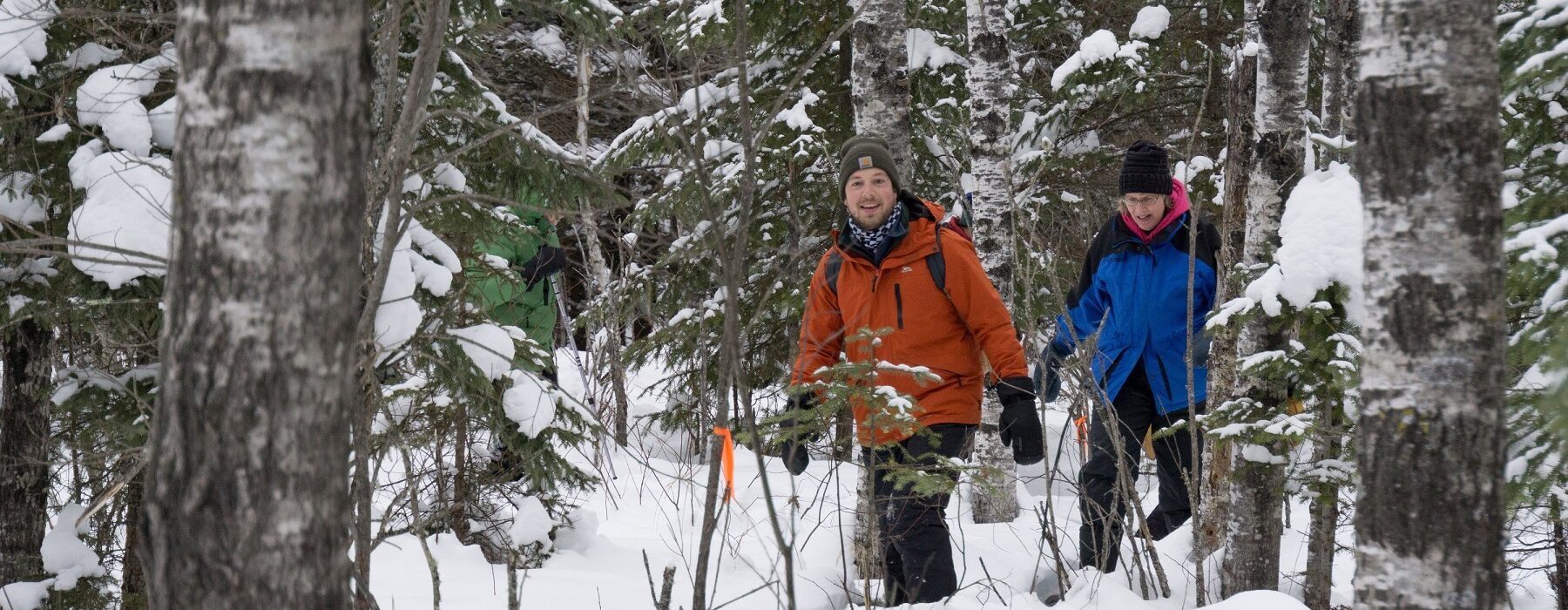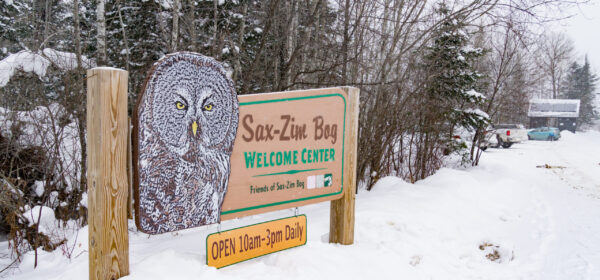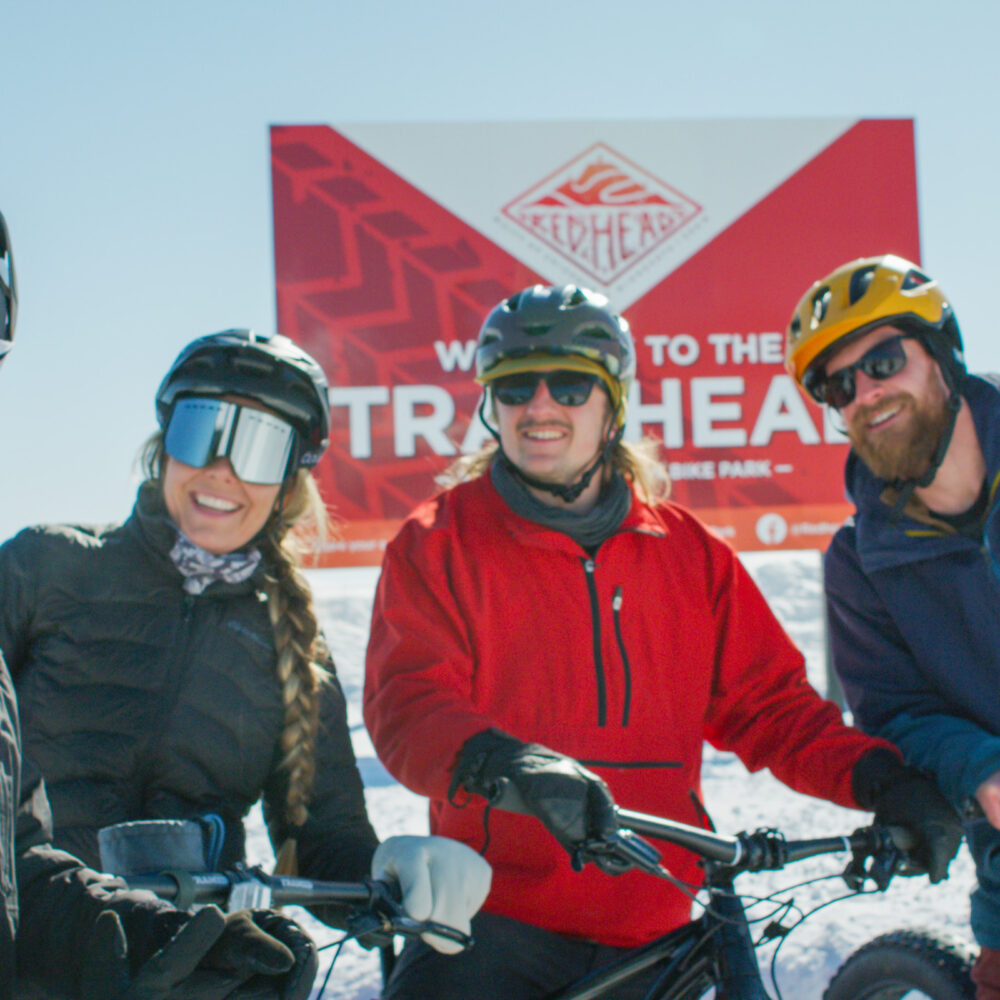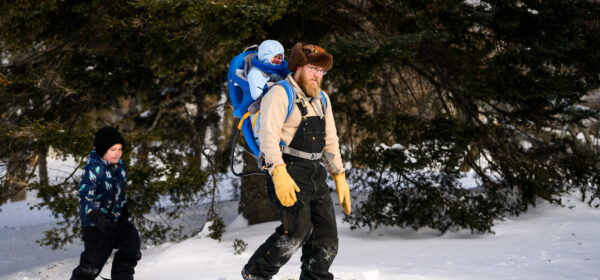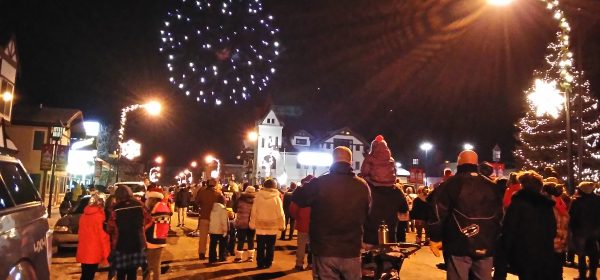Winter Hiking in Northern Minnesota’s Iron Range
Minnesota winter hiking offers a magical blend of quiet forests, snow-covered overlooks, and crisp Northwoods air. In the heart of the Iron Range, destinations like the Superior National Forest and Giants Ridge become serene, snow-draped playgrounds for cold-weather explorers.
Whether you’re new to winter hiking in Minnesota or a seasoned trail lover, this guide covers everything you need: the difference between winter hiking and snowshoeing, trail etiquette, safety tips for cold-weather adventuring, and the best beginner-to-moderate trails in Northern Minnesota.
Winter Hiking vs. Snowshoeing in Minnesota
Though both provide access to Minnesota’s winter landscapes, winter hiking and snowshoeing serve different conditions:
Winter Hiking
-
Ideal for packed, firm snow on well-used routes or low/no-snow winters!
-
Best with insulated boots and microspikes, especially on icy Minnesota winter trails.
-
Great for early-season, late-season, or popular hiking routes in the Superior National Forest and throughout the Iron Range.
Snowshoeing
-
Perfect for deeper, powdery, or untouched snow—common after big Northern Minnesota snowfalls.
-
Offers flotation to prevent post-holing.
-
Great for quieter backcountry trails, especially around the Laurentian Divide.
👉 Rule of thumb: If you sink more than a few inches into the snow, switch to snowshoes.
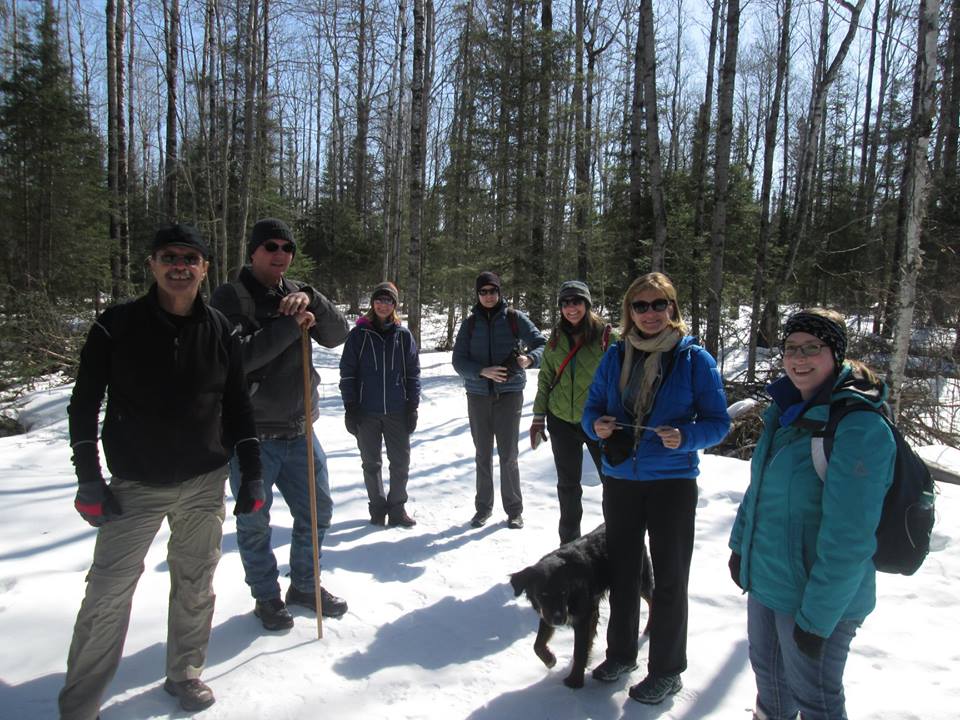
Winter Trail Etiquette in Northern Minnesota
Proper etiquette keeps Minnesota winter hiking trails safe and enjoyable:
1. Stay off groomed ski tracks
These trails—common around Giants Ridge—are maintained for Nordic skiing or fat biking. Walking or snowshoeing damages the grooming.
2. Hike single-file
It preserves the snowpack and keeps the trail narrow for others.
3. Yield to uphill hikers
This applies year-round.
4. Keep dogs leashed or under tight voice control
Winter visibility can be limited, and many Iron Range trails have blind corners.
5. Pack out all trash
Winter landscapes make any litter painfully obvious.
Safety Tips for Minnesota Winter Hiking
Northern Minnesota winters can be extreme, especially in the Iron Range. Always:
Layer smartly
-
Base: wool or synthetic
-
Mid: fleece or insulated layer
-
Outer: windproof/water-resistant shell
Pack essential winter hiking gear
-
Hand warmers
-
Extra gloves/hat
-
High-calorie snacks
-
Insulated water bottle
-
Map/GPS
-
Emergency blanket
Check weather conditions
Wind chills in the Iron Range can be severe. Always review forecasts before heading into the Superior National Forest or high-exposure areas.
Start early
Daylight is short, and temperatures drop fast.
Tell someone your plan
Cell service is inconsistent in the Northwoods.
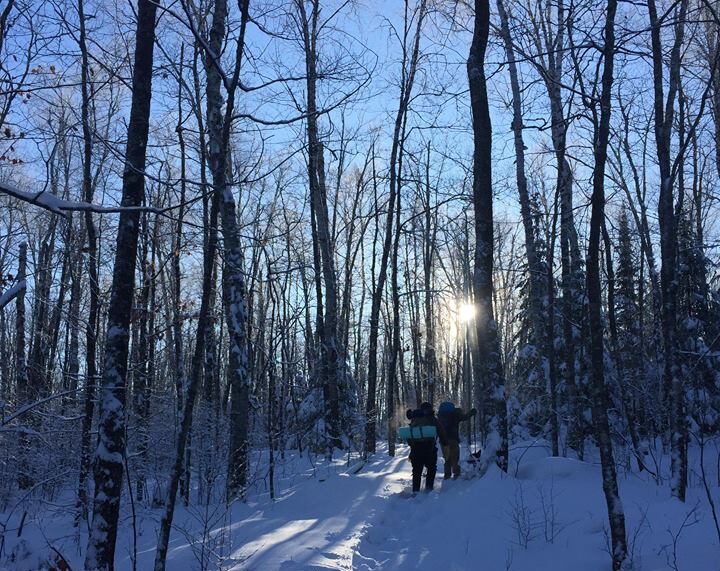
Best Beginner-to-Moderate Minnesota Winter Hiking Trails
Here are some top-rated Northern Minnesota winter hiking routes perfect for beginners and intermediate hikers.
Superior National Forest Winter Trails
Big Aspen – Virginia (Beginner)
Perfect for early or late-season hiking, or low snow winters when there’s not enough to groom the trails for skiing. Big Aspen is a 21-mile trail system has loops, scenic overlooks and more, just north of Virginia.
Bird Lake – Hoyt Lakes (Beginner)
If not groomed for cross-country skiing, this trail is a great backcountry hike with trailhead parking just on the east edge of Hoyt Lakes. This is an out-and-back trail with that is 11 miles one way, so plan accordingly. You might not make it all the way to Bird Lake, but you’l pass through scenic areas along the way!
Lookout Mountain – Virginia (Moderate)
Looped trails cross the Laurentian Divide here, with plenty of cross-country skiing and snowshoeing opportunites. With 15 miles of trails and lots of lookouts, it’s a great place to explore in winter before the snow piles up!
Giants Ridge Winter Trails – Biwabik
Known for skiing, Giants Ridge is also a hotspot for winter hiking and snowshoeing in Minnesota.
Northface Trail (Beginner–Moderate)
A forested trail great for microspikes or snowshoes depending on conditions.
Mesabi Trail Spur (Beginner)
Wide, well-packed, and beginner-friendly—ideal for a quick Iron Range winter hike. Access it at Giants Ridge or in any Iron Range town! The Mesabi Trail is 165 miles of paved trail, ideal for winter hiking.
Sleeping Giant Loop (Moderate)
A rolling snowshoe trail offering a classic Northwoods winter experience.
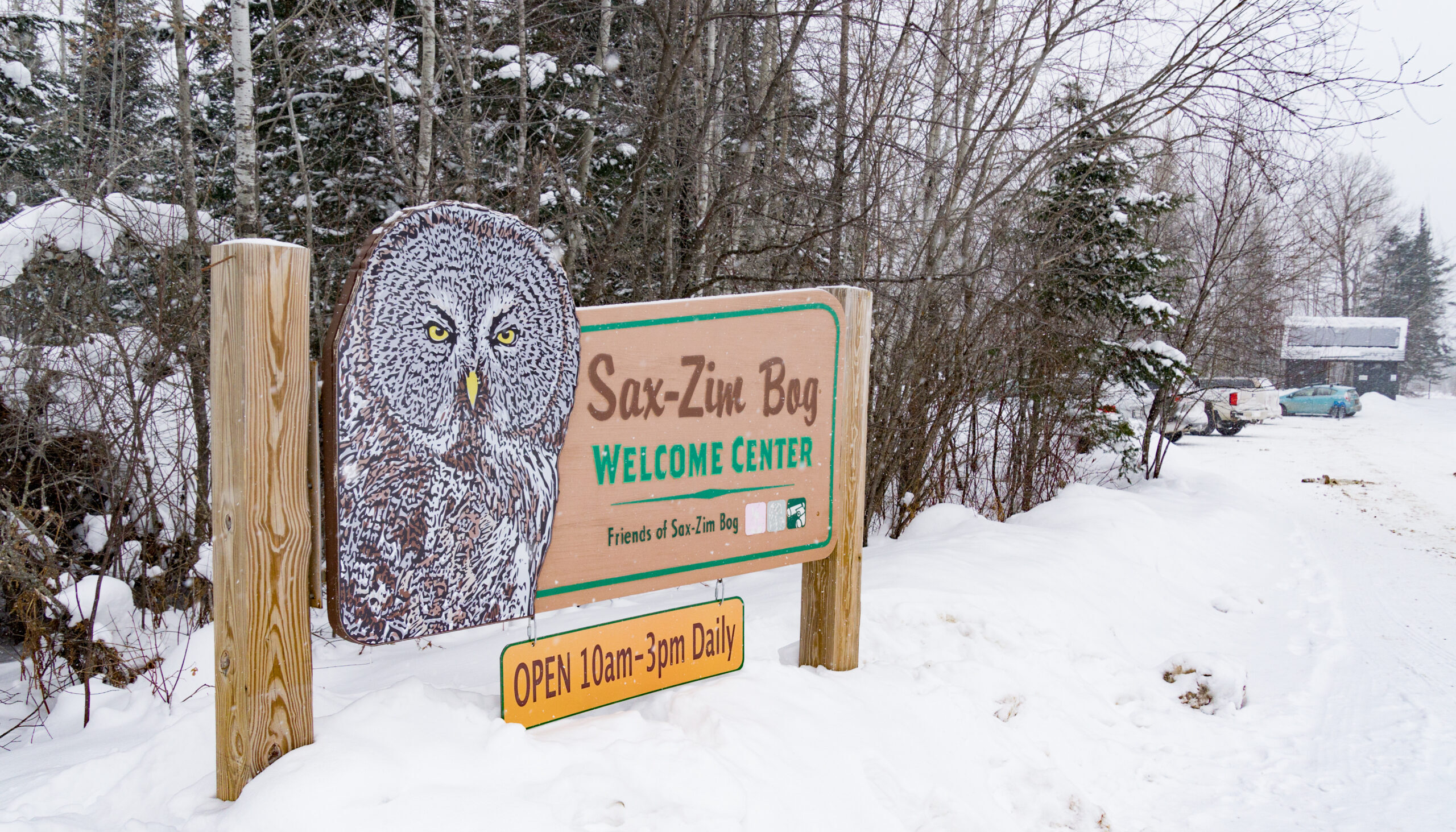
Other Trails to Consider
City trails, the Sax-Zim Bog, and wildlife management areas also offer opportunities for winter hiking. As always, stay off of groomed trails, including those for snowmobiling, cross-country skiing and snowshoeing.
Sax Zim Bog (Beginner)
For some of the most peaceful winter hiking around, visit the trails in the Sax-Zim Bog. This birding paradise is just south of Hibbing.
Great Scott Wildlife Management Area (Moderate)
North of Buhl on County Road 453, several miles of trails wind around this WMA that is managed for migrating birds and grouse.
Maple Hill (Moderate)
As noted in it’s name, this Hibbing City Park has some elevation. With a hardwood tree canopy and a bit of a challenge, hiking Maple Hill will warm you up in no time.
Why Try Minnesota Winter Hiking?
Minnesota’s Iron Range delivers a winter hiking experience unlike anywhere else: sparkling snow, quiet landscapes, frozen waterfalls, and rugged terrain softened by white. Whether you’re snowshoeing through deep drifts or walking packed paths under frosted pines, winter hiking in Northern Minnesota is peaceful, refreshing, and unforgettable.
